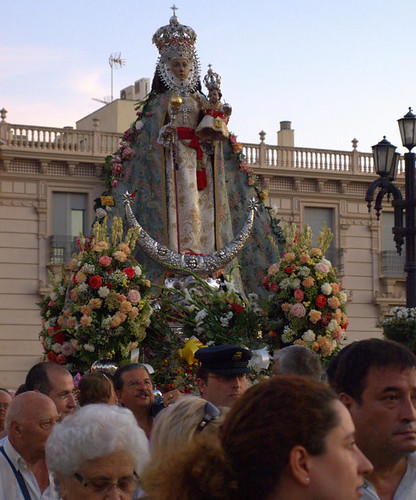
Although there are remains of Roman times and even earlier, the first written document on this site dates to 1276, when King Alfonso X «El Sabio» gives this place Velasco Velazquez de Avila, who changed his name to Florida due to the abundant vegetation who owned this place. The privilege of granting it Villazgo Philip IV in 1641, as per the actual execution copy of a document that is on file with the City, thus allowing their independence from the estate of the Adrada.
Location:
It is one of the northernmost towns in the province of Toledo, north of the county. The term is washed by the waters of the Tietê River, which separates Avila Toledo.
By car, you can access from the N-501 and the height of the Adrada take the turning to La Iglesuela by the CM-5053. Or come for the NV to Navamorcuende and thence on the CM-5054 to The Iglesuela. Also accessible by bus.
What to see?
City Hall: two-storey building located in the Plaza of Spain, which dates from 1791 with a facade constructed of granite ashlar and has four arches on its facades.
Roman Bridge, on the road to Casavieja (*): Roman bridge formed by one-eyed arch-boot on the rocks of the riverbed Tiétar.
Roman Bridge, on the old road of Talavera (*): Roman bridge over the three-eyed Throat Torino.
Source Abrevadero (*): Source of community use located in El Ejido, common grazing area. S. XVII-XVIII, Baroque style appears in his canoe stone wall topped by a triangular pediment with finials on which he must have balls.
El Ejido: A set of corrals and barns clustered on the outskirts of the village next to the beds (communal property) this property includes communal: three sources watering, shoeing a pony and a jetty.
Pozos de Piedra (*): s. XVIII. It is found throughout the town. They are built with large stones of granite. Formerly they were used to supply water to the population. Currently the water used to wash the olives before turning them dressing, since it is non-chlorinated water. They are generally fitted with a watering trough in different ways that water is supplied by manual methods.
(*) Monument included in the Heritage Inventory of Regional Interest of the Province of Toledo.
A few miles from La Iglesuela Zoo is the Stone that, although in the municipality of Almendral de la Canada, was conducted by the farmer-sculptor, D. Ayuso Longinus, born in Iglesuela. This is a collection of animal sculptures carved on the granite rocks that the farmer carried out in their hours of grazing.
Festivals:
– April 21: (weekend closest to 21) Pilgrimage to lead the Lady of Fuensanta the Church and Country Fair.
– May 1: Our Lady of Fuensanta.
– 8 September: Nuestra Señora de la Oliva.

Good luck!
Leave a Reply
You must be logged in to post a comment.
Recent Comments